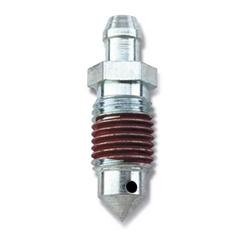GTP1960
Jedi Knight
Offline
First: Is bleeding & Replacing your brake fluid an annual thing?
Or as needed?
I'm not having any problems with clutch or brakes, but the fluid in the res. is a putrid muddy gray color.
Also, any advantage to going to DOT5, over 3-4?
your help is appreciated!
best regards
Guy
Or as needed?
I'm not having any problems with clutch or brakes, but the fluid in the res. is a putrid muddy gray color.
Also, any advantage to going to DOT5, over 3-4?
your help is appreciated!
best regards
Guy

 Hi Guest!
Hi Guest!

 smilie in place of the real @
smilie in place of the real @
 Pretty Please - add it to our Events forum(s) and add to the calendar! >>
Pretty Please - add it to our Events forum(s) and add to the calendar! >> 


